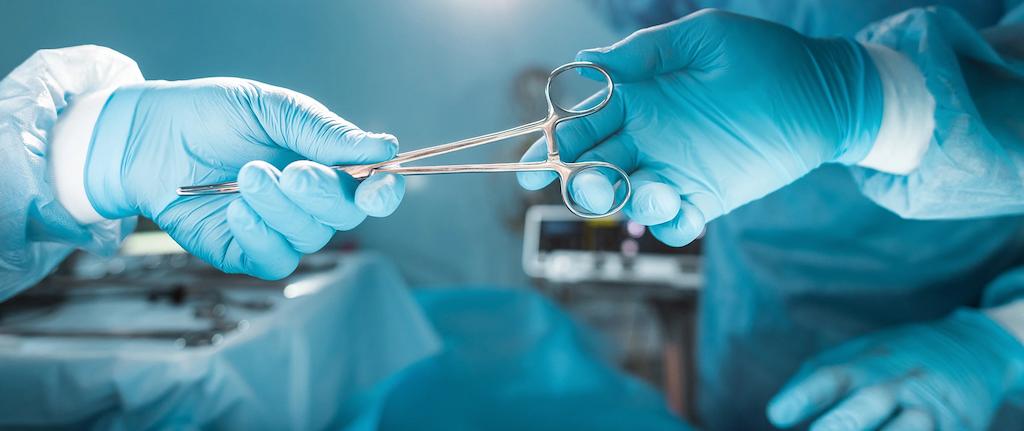Surgical technologists serve as the backbone of the operating room, performing critical tasks that ensure surgical procedures run smoothly and safely. Their responsibilities span three distinct phases of surgery, each requiring meticulous attention to detail and unwavering precision.
Pre-Surgical Preparation
Before any procedure begins, surgical technologists transform the operating room into a sterile, organized environment. They meticulously prepare and arrange surgical instruments according to the specific procedure requirements, ensuring every tool is properly sterilized and functioning correctly. This preparation phase includes setting up sterile drapes, positioning surgical lights, and verifying that all equipment is operational. The technologist must also review the surgical schedule and patient information to anticipate the surgeon's needs throughout the procedure.
One of the most critical pre-surgical tasks involves the initial instrument count. Working alongside the circulating nurse, surgical technologists carefully count and document every instrument, sponge, and piece of equipment that will be used during surgery. This systematic approach prevents retained surgical items, which could pose serious risks to patient safety.
Intraoperative Support
During surgery, surgical technologists function as the surgeon's right hand, anticipating needs and maintaining the integrity of the sterile field. They pass instruments to surgeons with precision timing, ensuring the right tool reaches the surgeon's hand at the exact moment needed. This requires extensive knowledge of surgical procedures and the ability to think several steps ahead.
Maintaining the sterile field represents one of their most crucial responsibilities. Any breach in sterility could lead to serious complications for the patient. Surgical technologists must remain vigilant throughout the procedure, monitoring for any potential contamination and taking immediate corrective action when necessary.
Post-Surgical Duties
After the procedure concludes, surgical technologists perform final instrument counts to ensure nothing remains in the patient. They assist with wound closure, apply dressings, and help transfer the patient to recovery. The post-surgical phase also involves breaking down the sterile field, properly disposing of contaminated materials, and preparing instruments for sterilization.
The role demands exceptional teamwork skills, as surgical technologists must coordinate seamlessly with surgeons, anesthesiologists, and nursing staff. Those looking to become surgical technologists should understand that success requires not only technical proficiency but also the ability to remain calm under pressure and maintain focus during lengthy procedures. Many professionals pursue CST certification to demonstrate their expertise and commitment to the highest standards of patient care.
